#celestron c8
Explore tagged Tumblr posts
Text





Crescent Nebula NGC6888 and the Soap Bubble Nebula PN G75.5+1.7 nestled in the surrounding Cygnus nebula structure.
#myphotos#astrophotography#neq6 pro#zwo#nebula#celestron c8#antlia#orion#backyard astrophotography#ngc 6888#crescent nebula#soap bubble
6 notes
·
View notes
Note
Thanks for your nice page. I do astrophotography, mostly in film, starting in digital, but not as nice as the pictures on here (your page)...
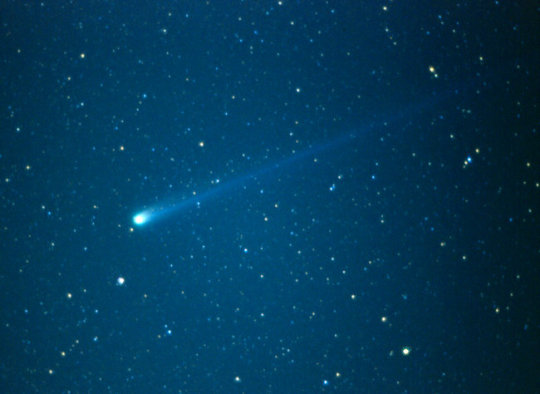
Taken in 1996..Comet Hyakutake is a comet, discovered on 31 January 1996, that passed very close to Earth ... This comet was actually the second Comet Hyakutake; Hyakutake had discovered comet C/1995 Y1
It was a beautiful sight to see when I photographed the comet. I used an Olympus OM1 Camera with a f/1.2 zuiko portrait lens stopped down f/1.8 200 Ektachrome film, guided for 15 second exposure, piggybacked on a 8 inch Celestron C8 Schmidt Cassegrain telescope.. It crossed the sky, and it was as if you could reach out and touch it.
Rating Level: Non-Adult
Thank you for the nice message and photo
136 notes
·
View notes
Text
Horse head

First try with my C8 on a deepsky target. Reduced to F6.3 and equipted with an Dualnarrowband filter the first target to choose was the all famous horsehead nebula.
And I am very pleased with the result of just 2hrs of integration.
- Dual 16 x 480s / Gain 100
- 25 Flat Dark - 25 Flat Darks
- 25 Darks
Setup:
- Celestron C8 Reduced F6.3
- Omegon 571C
- Skywatcher EQ6R Pro
- Zwo Asi 178mm
119 notes
·
View notes
Text
Actually, in my venerable Celestron C8 telescope, Uranus (pronounced YUR-ah-nuss, not Yur ANUS), appears as a majestic blue.
"Pluto isn't a planet" Fine.
"Dinosaurs had feathers" Fine!
"Neptune isn't a beautiful oceanic blue, it's actually the same washed-out disappointing color as Uranus" I will kill you with my bare hands

Look how they massacred my boy
51K notes
·
View notes
Photo
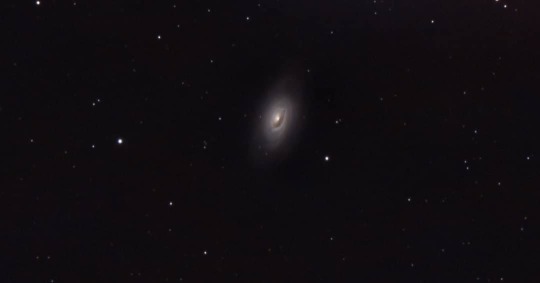
A veces al mirar el cielo te devuelven la mirada. M 64, el Ojo Negro u Ojo Maligno es una galaxia espiral algo solitaria en la constelación Coma Berenices. Su nombre se debe a la banda de polvo que oscurece parte de la luz proveniente de su centro. Celestron C8 reductor focal 6.3 Ioptron GEM 45 Canon EOS Rebel T7 308x60s total 5hr 8 min ISO 400 DSS, PixInsight. Maipú, Santiago, Chile. 28.06.2021 M 64, NGC 4826, The Black Eye Galaxy #astrophotography #astrofotografiachile #celestron #ioptron #canon #cosmos #astronomy #universe #pixinsight #galaxy (en Maipú, Chile) https://www.instagram.com/p/CQzgr-hsgQ0/?utm_medium=tumblr
#astrophotography#astrofotografiachile#celestron#ioptron#canon#cosmos#astronomy#universe#pixinsight#galaxy
2 notes
·
View notes
Photo

My first photo of the Moon with my 46-year-old Celestron C8 and Canon T3i DSLR via /r/space http://bit.ly/2DnMHDf
0 notes
Text
This doesn't look quite this good in my Celestron C8.

Galaxy MCG-01-24-014 in Hydra © Hubble
823 notes
·
View notes
Photo


Neighborhood Gas Giants
2 notes
·
View notes
Photo

«Fly me...» Celestron C8 - Canon EOS 1000D (via Flickr https://flic.kr/p/2j81DtZ)
1 note
·
View note
Text
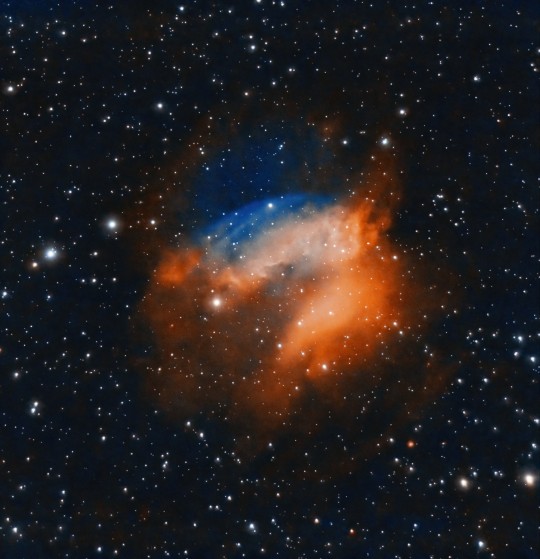
SH2-174. The Valentine Rose Nebula. 32hrs of exposure from my backyard.
Some controversy over what the nature of the nebula is. Great scientific study in the below article.
https://iopscience.iop.org/article/10.1088/0004-637X/799/2/198/meta
My acquisition details:
https://astrob.in/57cgka/0/
#sh2-174#myphotos#astrophotography#nebula#zwo#neq6 pro#celestron c8#asi1600mm cool#antlia#celestron#narrowband#backyard astrophotography
2 notes
·
View notes
Text
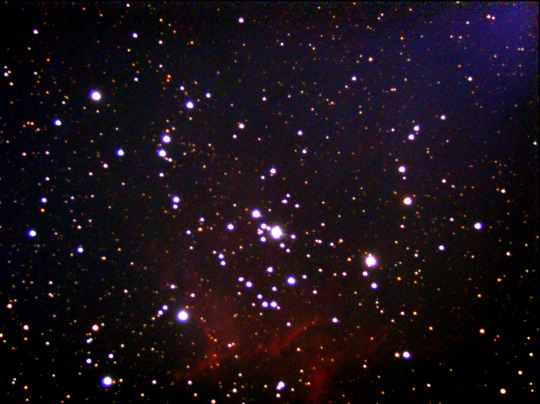


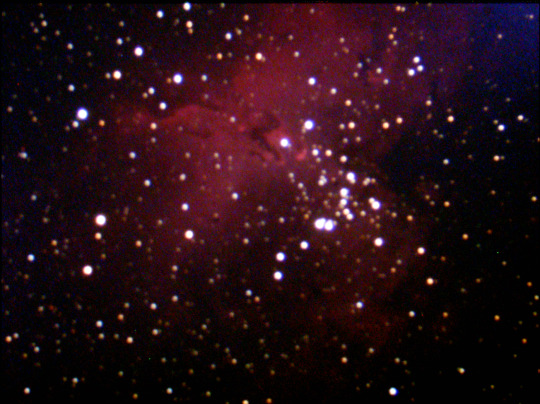
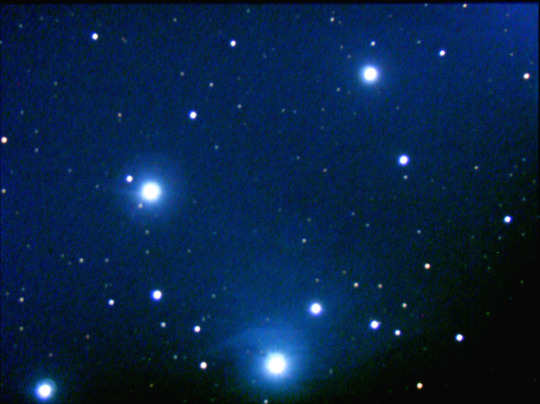


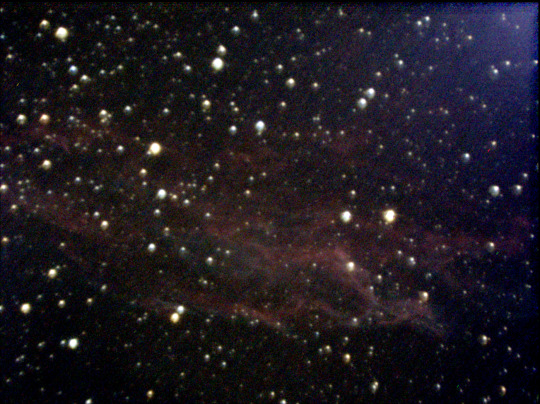
Few short exposure astrophotography with my Celestron C8 and small sensor CMOS, 3.3 Focal reduced. Taken under heavy light pollution unfortunately.
2 notes
·
View notes
Photo



Up close and even closer
2 notes
·
View notes
Photo

M81(ボーデの銀河)
Celestron C8 2000mm直焦点 ASI294MM Pro
L(QBP)画像:120分、RGB画像:各40分 LRGB合成
0 notes
Photo

Lune du 23-02-2018 celestron C8 - ZWO Asi224mc - As3 - Siril 0.9.8 by sebseacteam on Flickr.
64 notes
·
View notes
Text
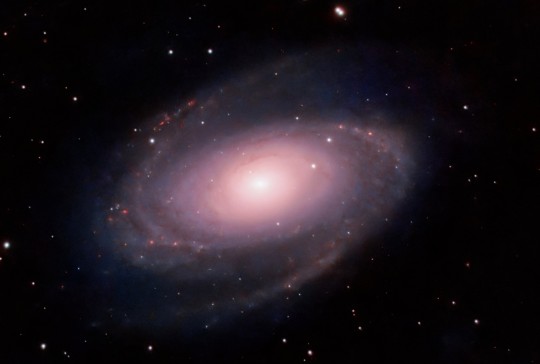
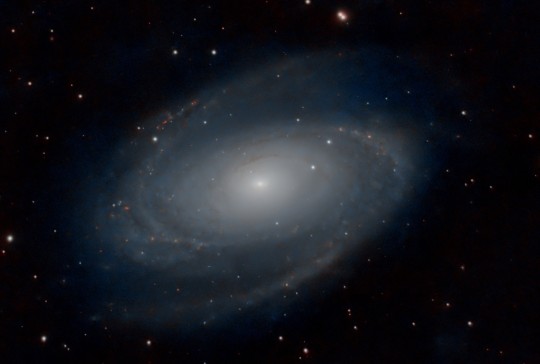
M81 aka Bode's Galaxy. First image includes H-alpha exposure time highlighting the huge red star forming regions.
#m81#bode's galaxy#celestron c8#asi1600mm cool#neq6pro#astrophotography#myphotos#galaxy#backyard astrophotography
5 notes
·
View notes
Photo

Sequenza temporale che mostra l'eclissi di Luna del 27 Luglio 2018 tra le 22:01 e le 22:51 (ora locale). La ripresa è stata effettuata utilizzando una camera Nikon D3300 e un telescopio Celestron C8 ridotto a f/6.3, presso il Dipartimento di Fisica e Chimica dell'Università degli Studi di Palermo.
2 notes
·
View notes